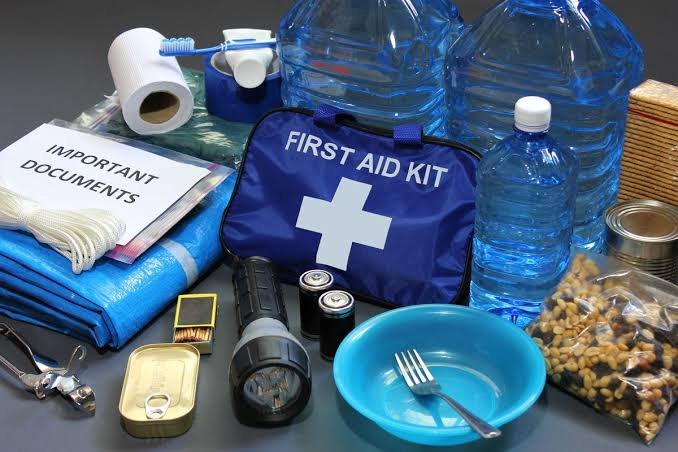Last Updated on July 16, 2024 by Asfa Rasheed
Table of Contents
Introduction:
An earthquake emergency kit is a vital tool in navigating the uncertainties brought on by seismic events. This guide takes a closer look at the key components that make up a comprehensive earthquake emergency kit, shedding light on what is essential for effective preparedness.
1. Core Components:
An earthquake emergency kit consists of carefully chosen items designed to address immediate needs during and after an earthquake, providing a preemptive defense against seismic activity’s unpredictable aftermath.
2. Importance of Earthquake Emergency Kit:
The significance of having an earthquake emergency kit cannot be overstated. Beyond preparedness, it represents a proactive commitment to personal and collective safety.
3. Essential Medical Supplies:
Inspecting the essential medical supplies included in a kit, we discover an array of necessities:
- First aid basics: First Aid Essentials include Bandages, Antiseptics, Scissors and Tweezers as a minimum standard. mes Respiratory aids.
- Respiratory aids: Masks, Breathing Valve and Pressurized Infusion Bag for respiratory support are recommended as respiratory aids for increased airflow to respiratory organs.
- Medications: Medication such as pain relievers or antipyretic patches to address medical needs effectively is also useful.
4. Sustenance with Food and Water as Sustainers:
One essential element of an earthquake emergency kit involves providing nourishment. This may include items such as:
- Non-perishable Food Items: Energy bars, dried fruits and canned goods should all be on hand.
- Water Provisions: Ensuring enough purification tablets or water pouches are included to meet hydration needs is also crucial.
5. Tools and Instruments
Practical tools and instruments play a key role in increasing self-sufficiency. Considerations may include:
- Illumination tools: Flashlights, headlamps and spare batteries that allow visibility in low light conditions are essential tools of illumination.
- Multi-Functional Tools: Swiss Army Knives or multi-tools offer versatile applications to meet various situations.
6. Tailoring for Specialized Needs
Recognizing that individual and familial needs differ, an earthquake emergency kit must be adapted accordingly. Here are a few key considerations:
- Specific provisions for infants, elderly family members or individuals with specific medical conditions.
- Anpassungs according to your location’s geography and climate.
7. Storage and Maintenance Practices:
Guaranteeing the effectiveness of a kit requires proper storage and regular maintenance. Here are some guidelines:
- Recommended storage conditions to preserve the integrity of items.
- Routine checks and replacements to keep the kit up-to-date and functional.
- Regional Adaptations:
Personalizing earthquake emergency kits to regional differences is paramount to effective preparedness. Some factors to keep in mind for doing this effectively include:
Include items based on geographical location and climate conditions; customize kits according to any particular earthquake risks prevalent in an area;
9. Gain Knowledge and Training
Knowledge is of paramount importance when it comes to using an emergency kit effectively and should therefore be promoted through training and education initiatives. This may involve:
- Basic first aid and CPR training to equip individuals to provide immediate assistance quickly.
- Familiarization with the contents of a kit so individuals can confidently navigate its components.
Conclusion:
An earthquake emergency kit should not simply be seen as an accumulation of items but as an investment in personal security and wellbeing. Knowing its contents and tailoring it specifically to meet individual needs equips people to face seismic events with confidence and resilience, making sure their future lives remain safer and more secure. Preparation today ensures a more secure future.

























